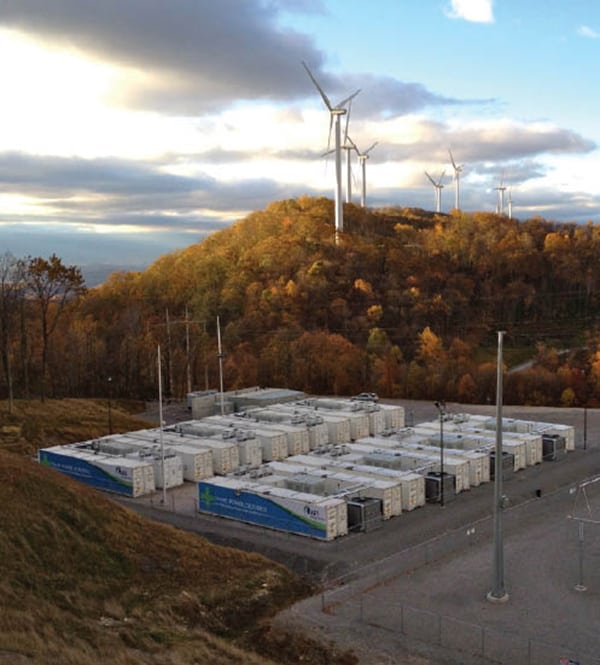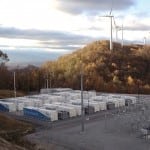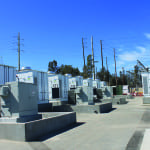A new study from Stanford University suggests that, if the overall amounts of fuel and electricity required to build and operate energy storage technologies are factored in, grid-scale batteries make sense for storing surplus solar energy, but not for wind.
The study published in the online edition of the journal Energy and Environmental Science compares the energetic costs of building and maintaining several emerging technology systems, including five battery types: lead-acid, lithium-ion, sodium-sulfur, vanadium-redox, and zinc-bromine. In a previous study conducted by lead author Charles Barnhart, a postdoctoral scholar at Stanford’s Global Climate and Energy Project (GCEP), found that lead-acid batteries have the highest energetic cost and lithium-ion the lowest. “We calculated how much energy is used over the full lifecycle of the battery—from the mining of raw materials to the installation of the finished device,” Barnhart said. “Batteries with high energetic cost consume more fossil fuels and therefore release more carbon dioxide over their lifetime. If a battery’s energetic cost is too high, its overall contribution to global warming could negate the environmental benefits of the wind or solar farm it was supposed to support.”
What’s more, while wind turbines and photovoltaics were both found to deliver more energy than it takes to build and maintain them, the scientists’ calculations showed that the overall energetic cost of wind turbines is much lower than that of conventional solar panels, which require energy from fossil fuels for processing silicon and fabricating other components. And when the energetic costs of curtailment—the practice of shutting down solar panels and wind turbines to reduce the production of surplus electricity on the grid—were compared to the energetic cost of grid-scale storage, the scientists found that the amount of energy required to create a solar farm is comparable to the energy used to build each of the five battery technologies. The researchers’ calculations were based on a formula known as “energy return on investment”—the amount of energy produced by a technology, divided by the amount of energy it takes to build and maintain that technology.
However, the results were quite different for wind farms (Figure 4). The scientists found that curtailing wind power reduces the energy return on investment by 10%. Storing surplus wind-generated electricity in batteries results in even greater reductions—from about 20% for lithium-ion batteries to more than 50% for lead-acid batteries, they found. “Therefore, it would actually be more energetically efficient to shut down a wind turbine than to store the surplus electricity it generates,” said GCEP postdoctoral scholar Michael Dale, a coauthor of the study.
One way to improve the energetic performance of storage technologies is to increase the cycle life of a battery, the scientists found. Conventional lithium-ion batteries last about four years, or 6,000 charge-discharge cycles. Lead-acid batteries only last about 700 cycles. To efficiently store energy on the grid, batteries must endure 10,000 to 18,000 cycles, said Barnhart. Another option is to use pumped hydroelectric storage. “Pumped hydro is used in 99% of grid storage today,” Barnhart said. “It works fantastically from an energetic perspective for both wind and solar. Its energy return on investment is 10 times better than conventional batteries. But there are geologic and environmental constraints on where pumped hydro can be deployed.”
Meanwhile, according to Dale, storage is not the only way to improve grid reliability. “Energy that would otherwise be lost during times of excess could be used to pump water for irrigation or to charge a fleet of electric vehicles, for example,” he noted.











